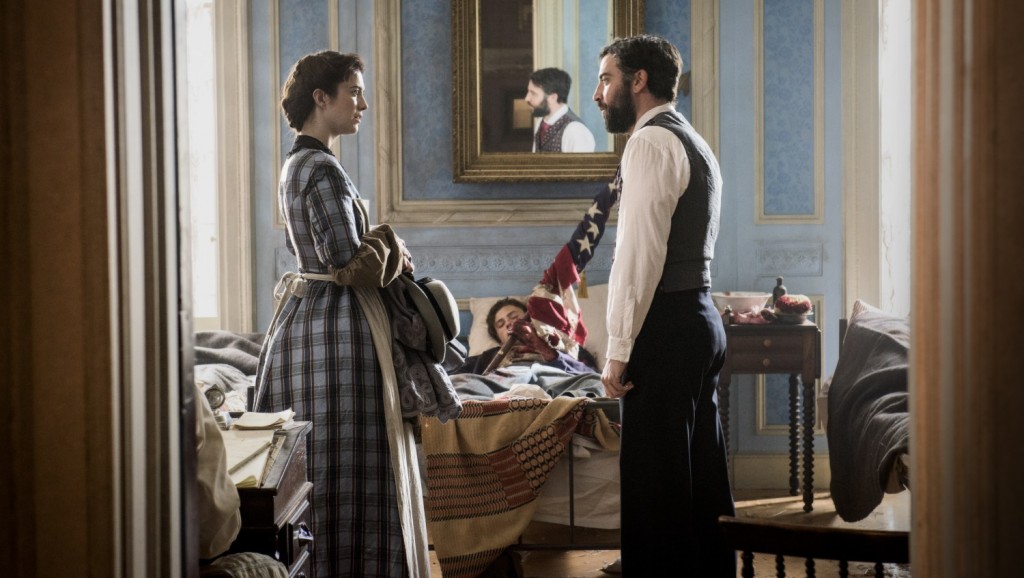Mercy Street, PBS’ first original American drama in more than a decade, is set in a military hospital in Union-occupied Alexandria, Va., during the Civil War. The series airs 9 p.m. Sundays through Feb. 21, with a midweek encore Thursdays at 9 p.m. During the run of the show, Rob DeHart, a curator at the Tennessee State Museum, will write a guest blog about the series.

By Rob DeHart

Mercy Street touches on multiple historical themes that show the complexity of the Civil War era. The war created an environment that put everyone into unfamiliar territory. Let’s start with the two nurses, a Union and a Confederate. Female nurses participated in American military conflicts as far back as the Revolutionary War, but before the Civil War, the majority of nurses were either recovering male patients or Catholic nuns. Still, the six-volume official medical history of the Civil War, published by the U.S. government between 1870 and 1888, devoted only a couple of paragraphs to the actions of female nurses.
Trained female nurses were a radical idea in a society that viewed women’s proper role as wives and mothers, caretakers of the home who sustained the morals of the family. Putting women to work in disease-ridden hospitals where they would have intimate contact with men was completely contrary to this idea. In addition, male physicians doubted the usefulness of female nurses. They assumed women working in hospitals would faint at the site of blood (which makes you wonder what the doctors thought about childbirth), be too weak to lift patients and – worse yet – be primarily concerned with finding husbands.
Physicians themselves were in new situations. Few doctors had experience dealing with the loss of blood, bone, and tissue caused by battlefield wounds, and there was no standardized approach for treatment. Before the war, even hospitals were unfamiliar to most people because these institutions were viewed as places that served the poor and that provided no medical advantages over what could be received from a physician in a private residence.
With so many Union hospitals located in occupied Southern lands, Confederate civilians searched for ways to work with Union authorities to preserve their homes and families while maintaining their loyalties. Contraband slaves – the Union Army term for enslaved African Americans who escaped into Union lines – wrestled with their uncertain status between free and enslaved.
Thus, this brief but critical period of American history helped break down social boundaries that had been in place for decades.
No medical drama would be complete without showing stomach-churning medical procedures and Mercy Street includes its share of those. But viewers may be surprised by scenes of anesthesia being administered before surgical procedures. Until recently, popular culture has tended to portray Civil War patients enduring excruciating pain while having a limb amputated without an anesthetic (leading to the popular phrase “bite the bullet”). In reality, this did not happen in the majority of cases.
Beginning in the 1840s, anesthetics such as chloroform and ether were used in surgery. Both anesthetics, along with opiates used for pain relief, appear on the supply lists of Civil War surgeons. Only when supply lines were disrupted did surgeons conduct their work while their patients were awake. But no worries, there are still enough instances in Mercy Street to make you glad you live in the 21st century!
Please join me in the coming weeks as I will show you items in the Tennessee State Museum’s 150,000-plus collection of artifacts that connect with scenes from the show. Happy viewing!
Rob DeHart is a curator at the Tennessee State Museum in Nashville where he specializes in technology and cultural history. DeHart received his M.A. in public history from Middle Tennessee State University and is a peer reviewer for the American Alliance of Museums.